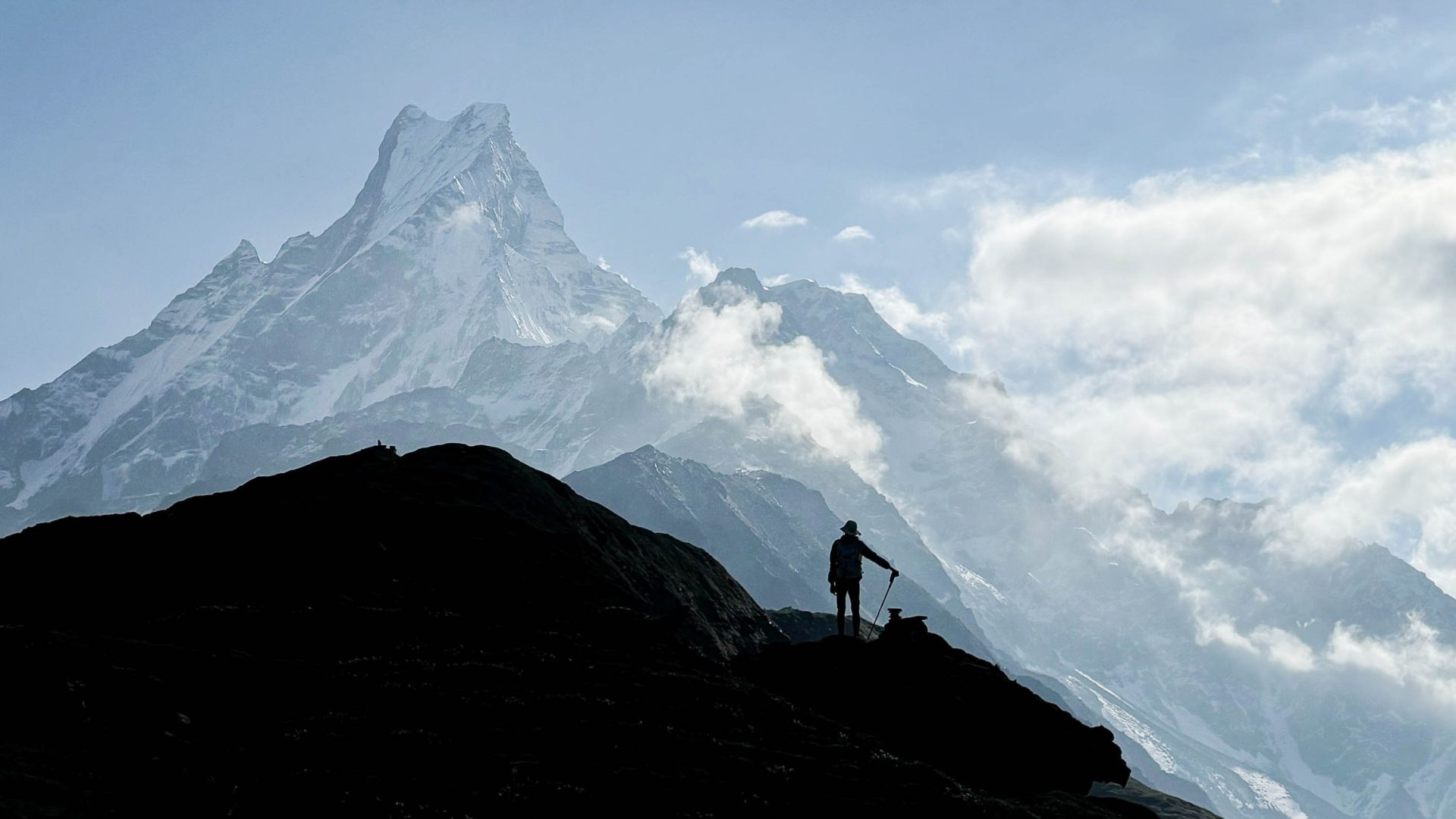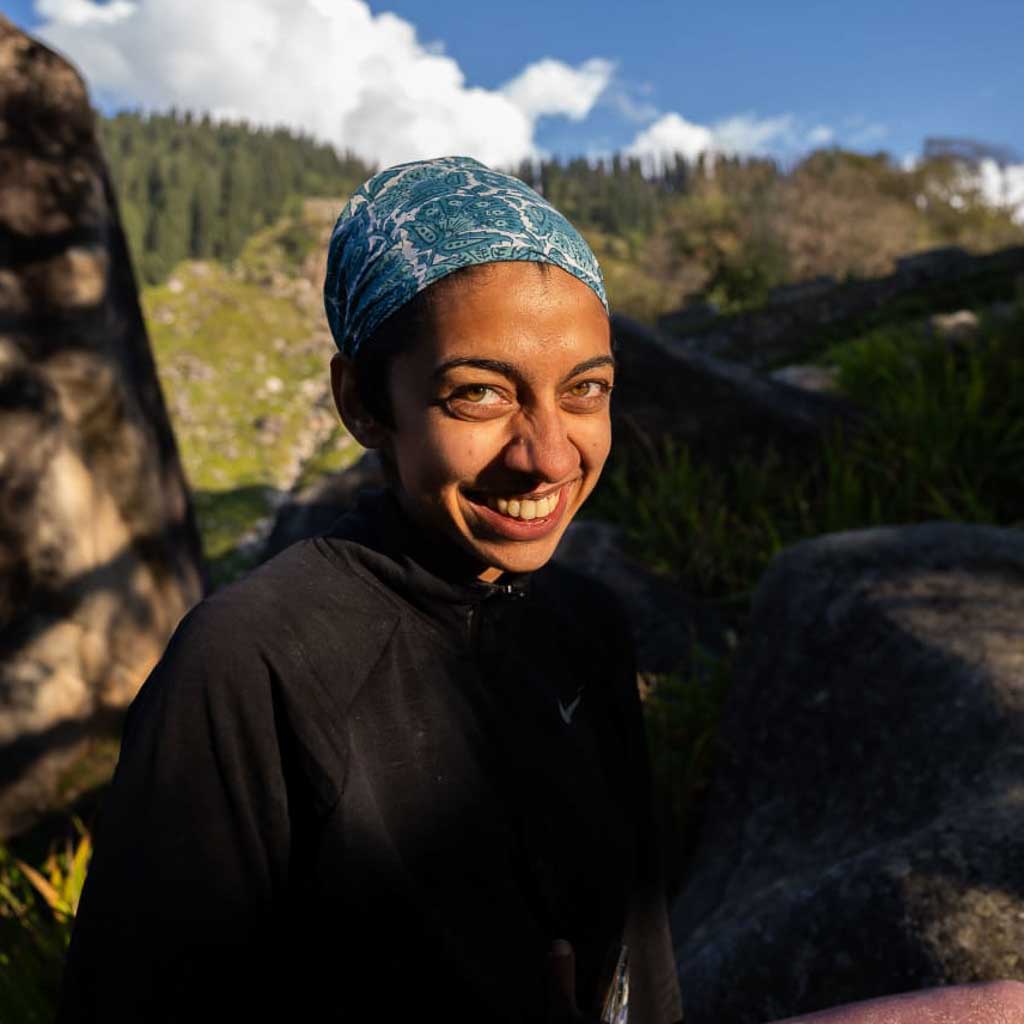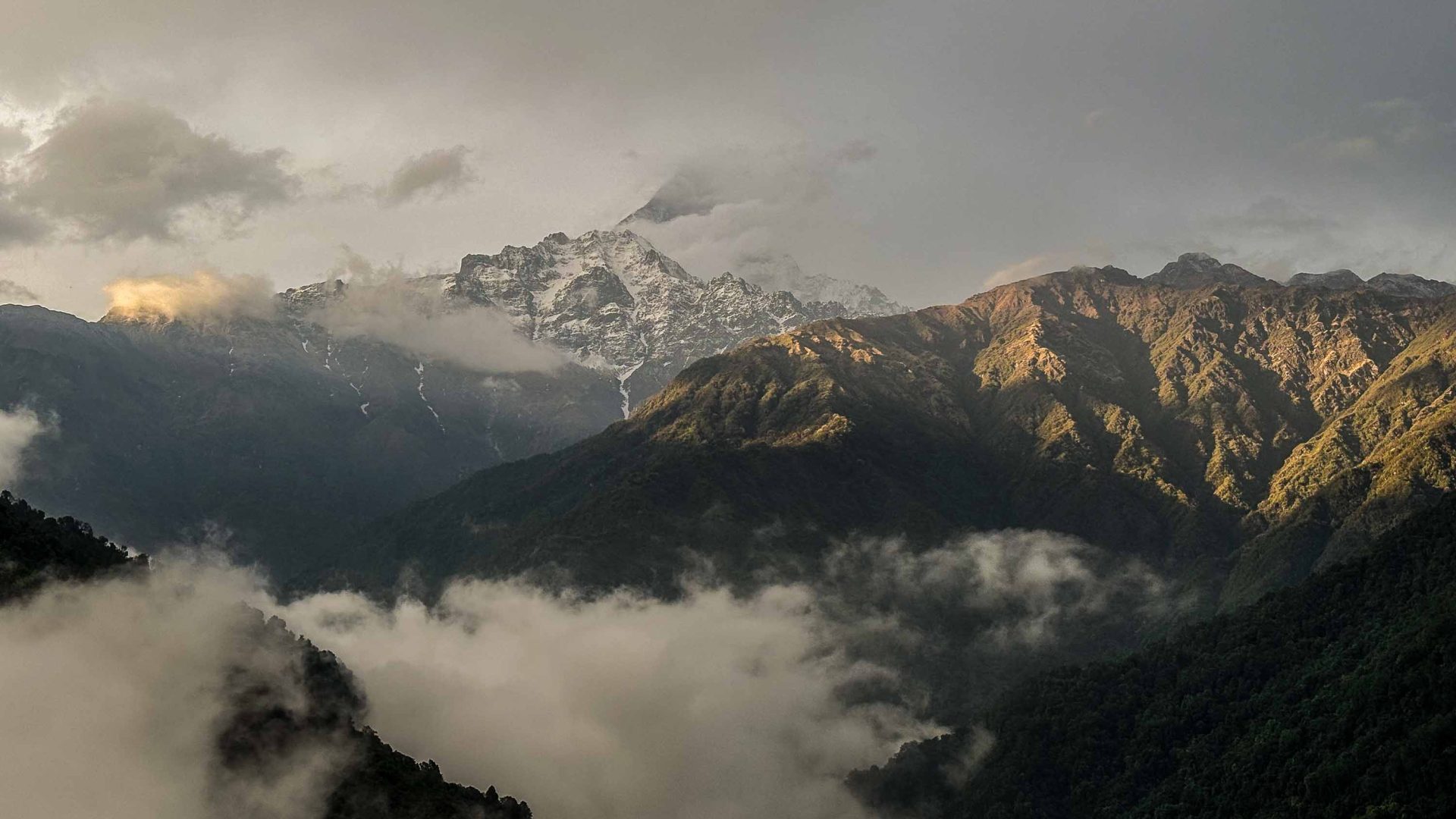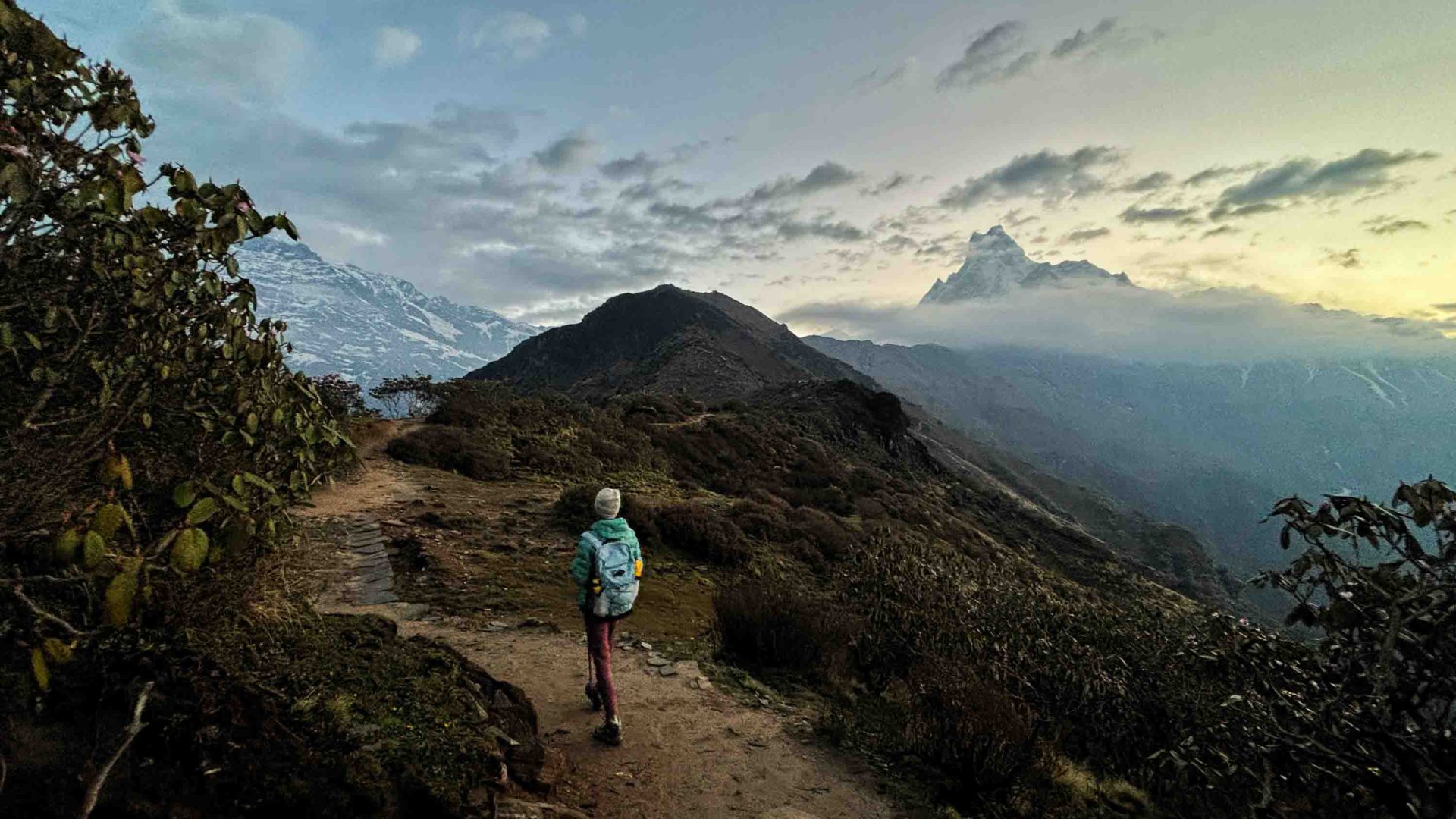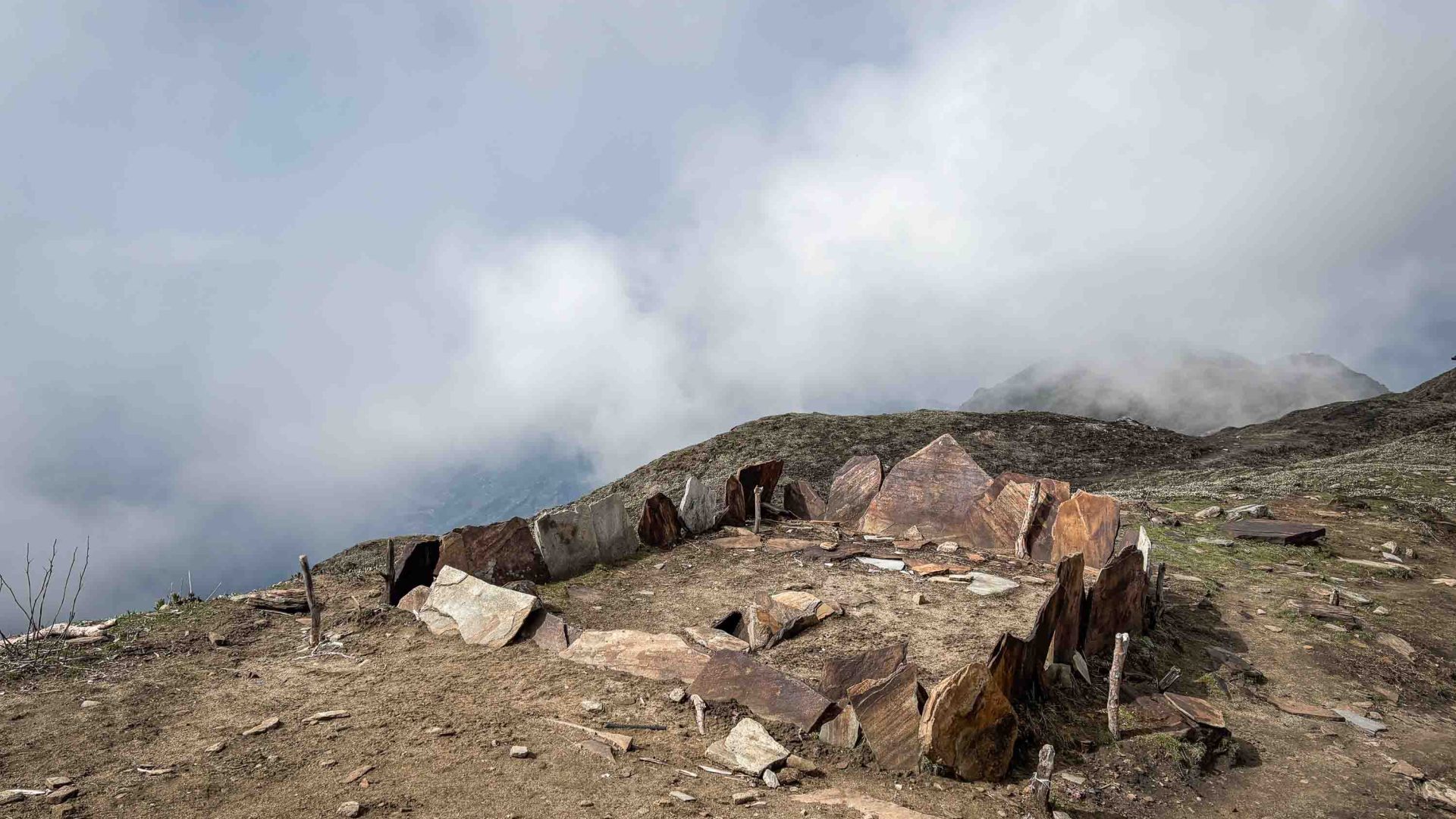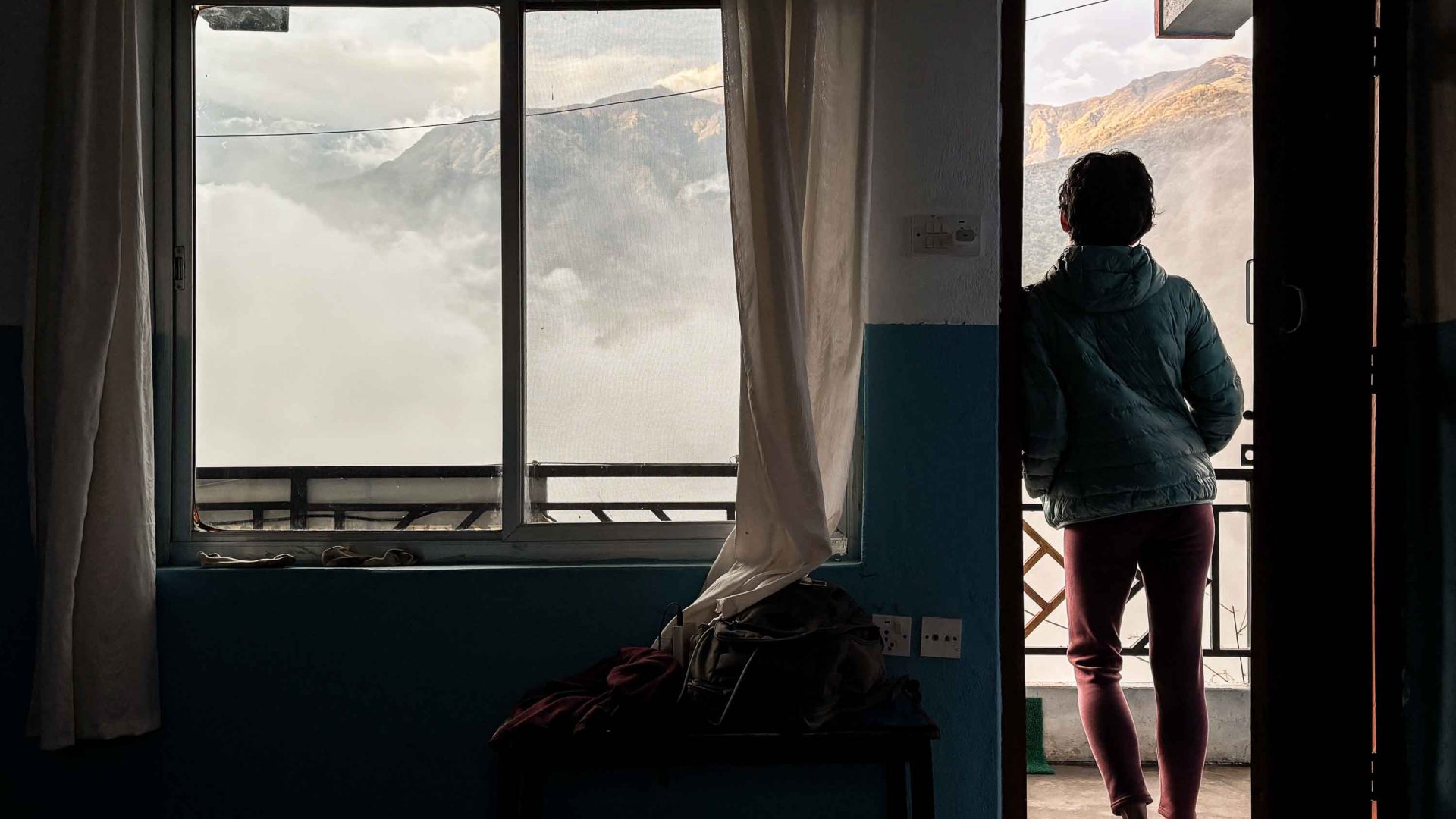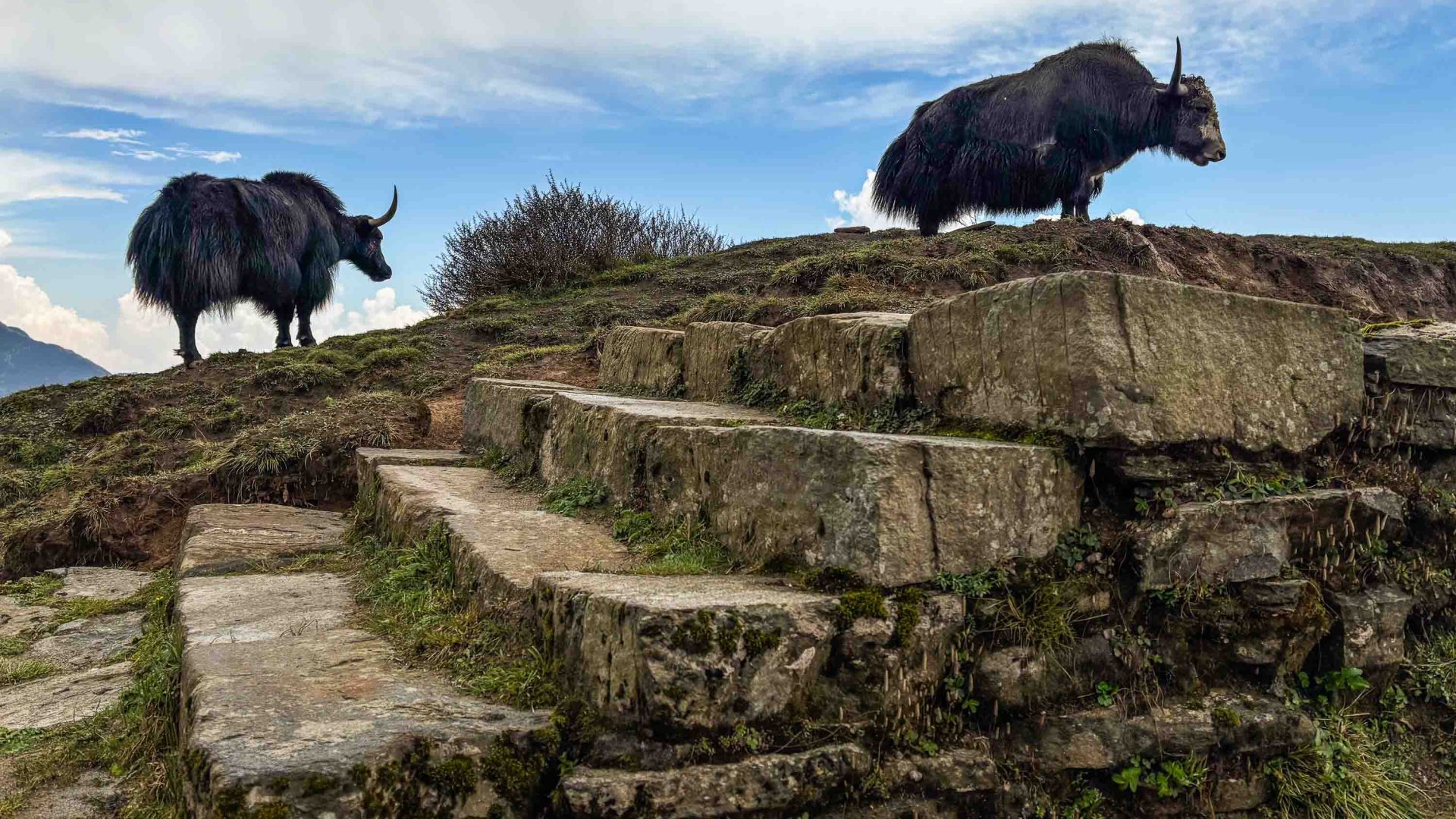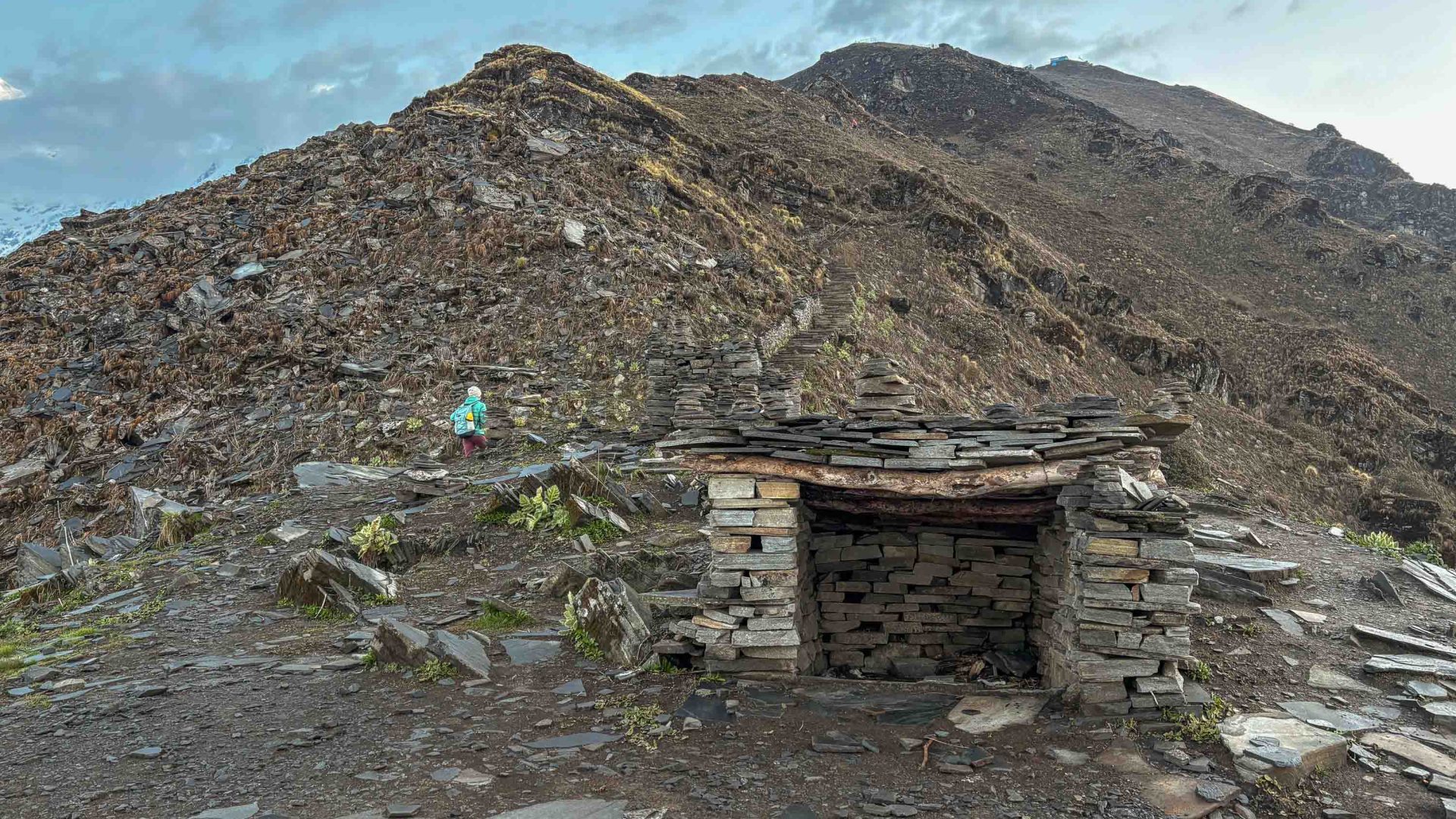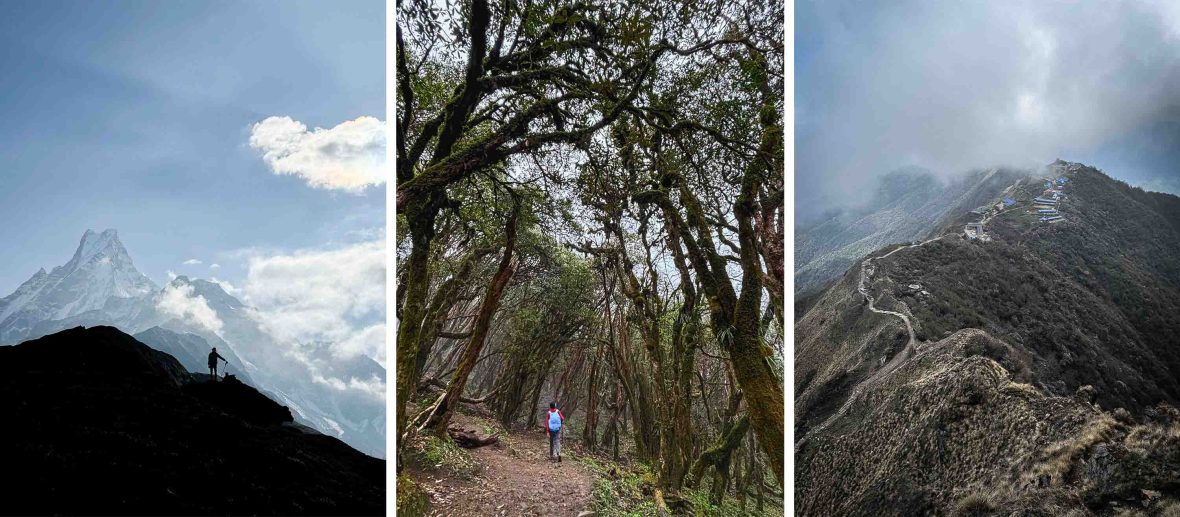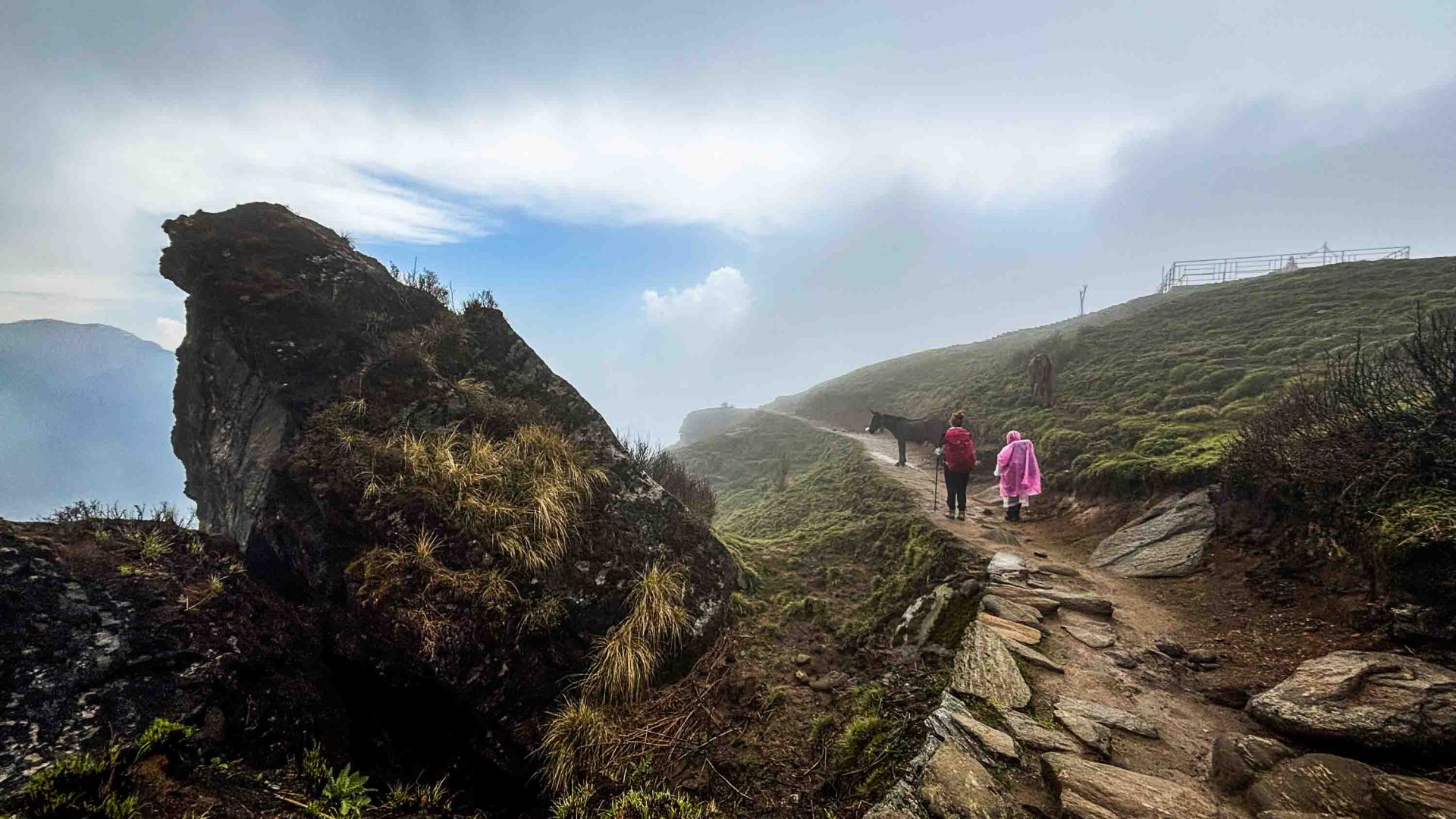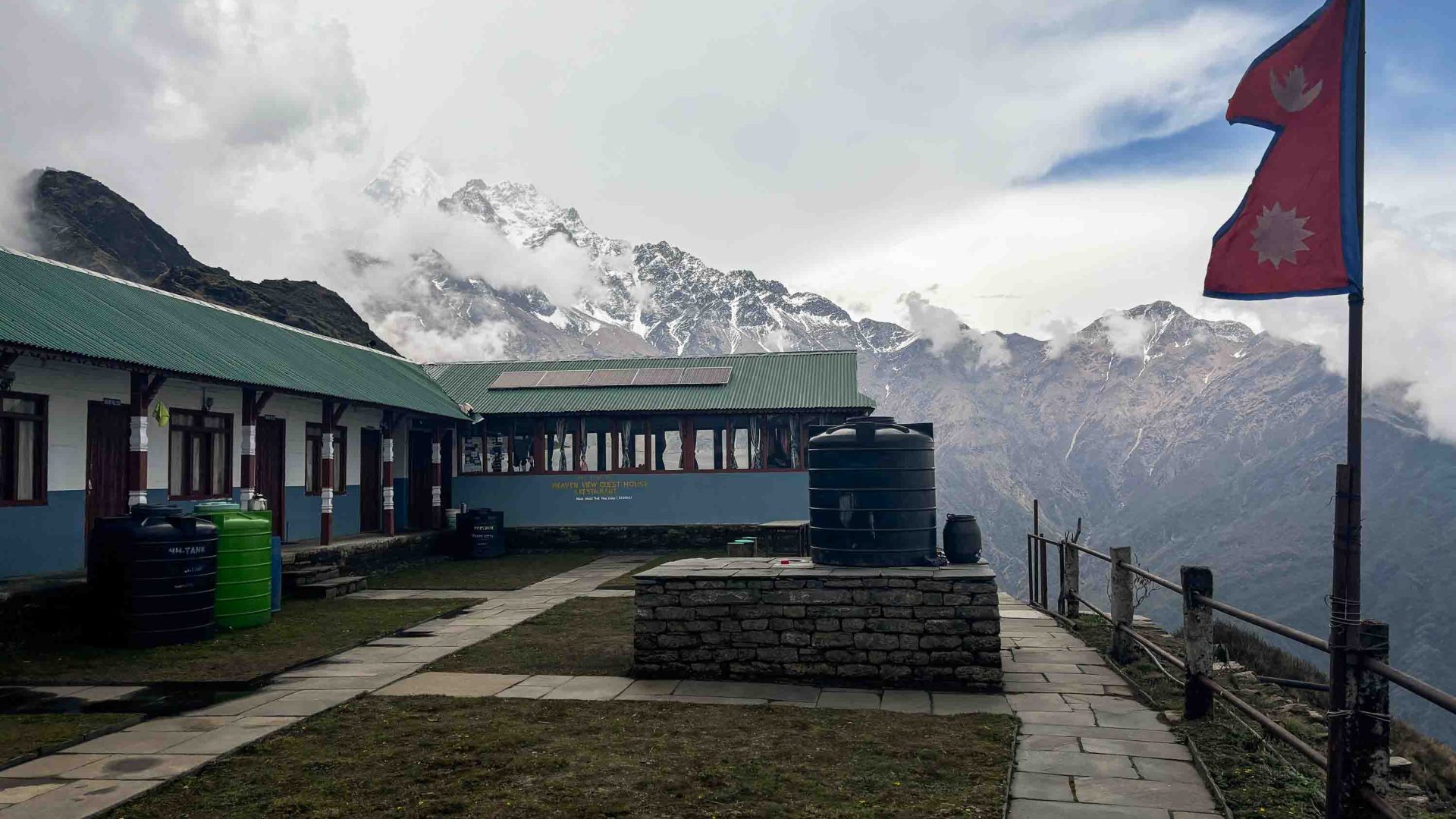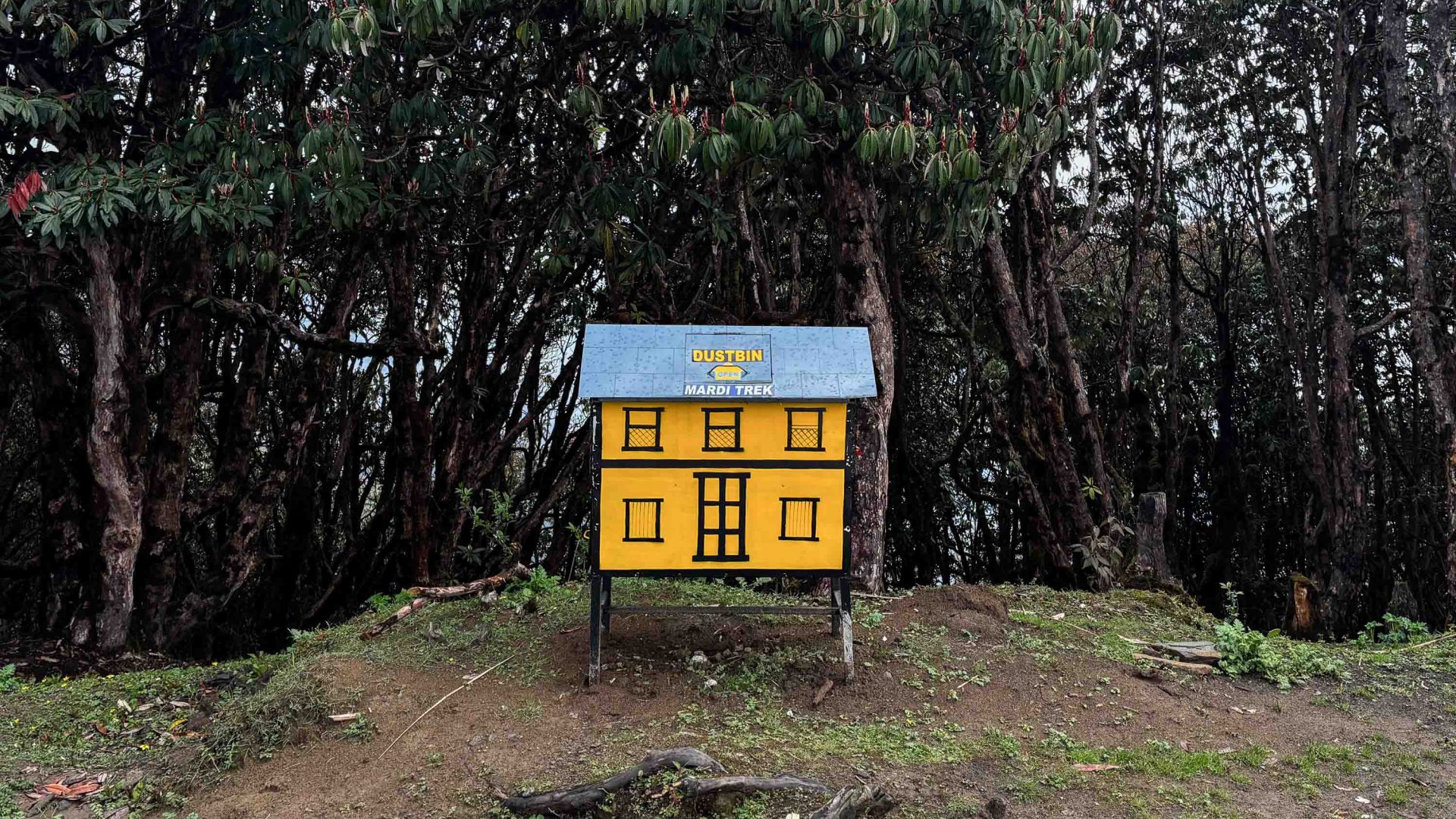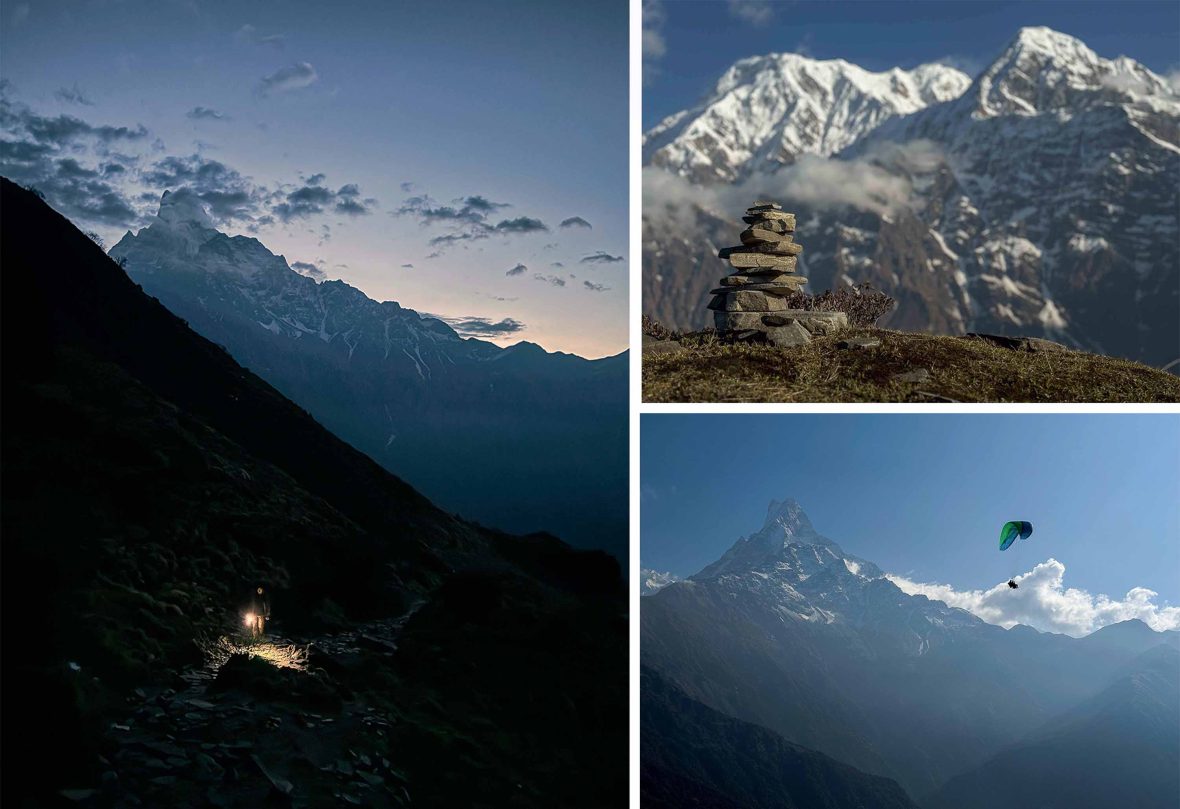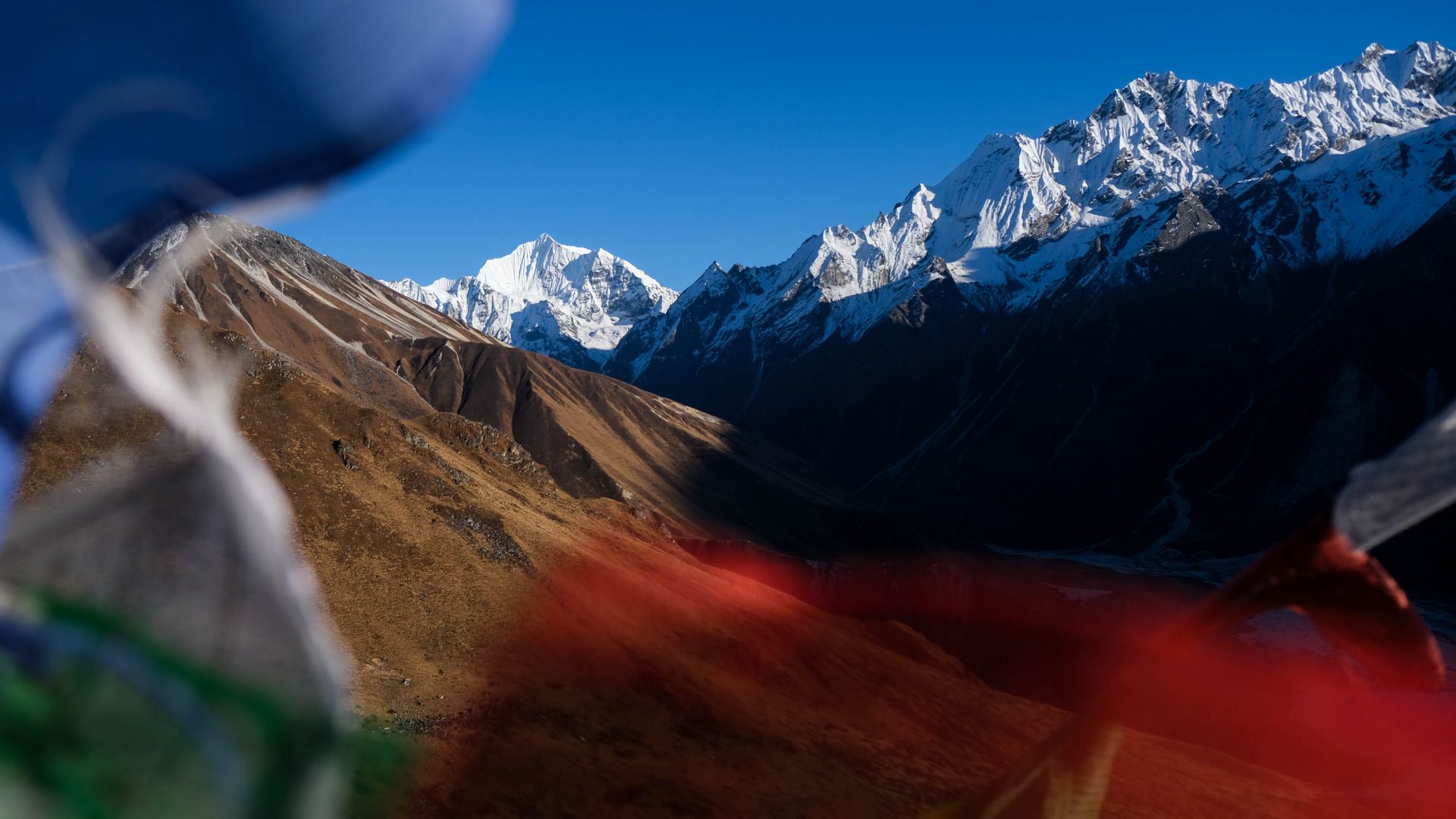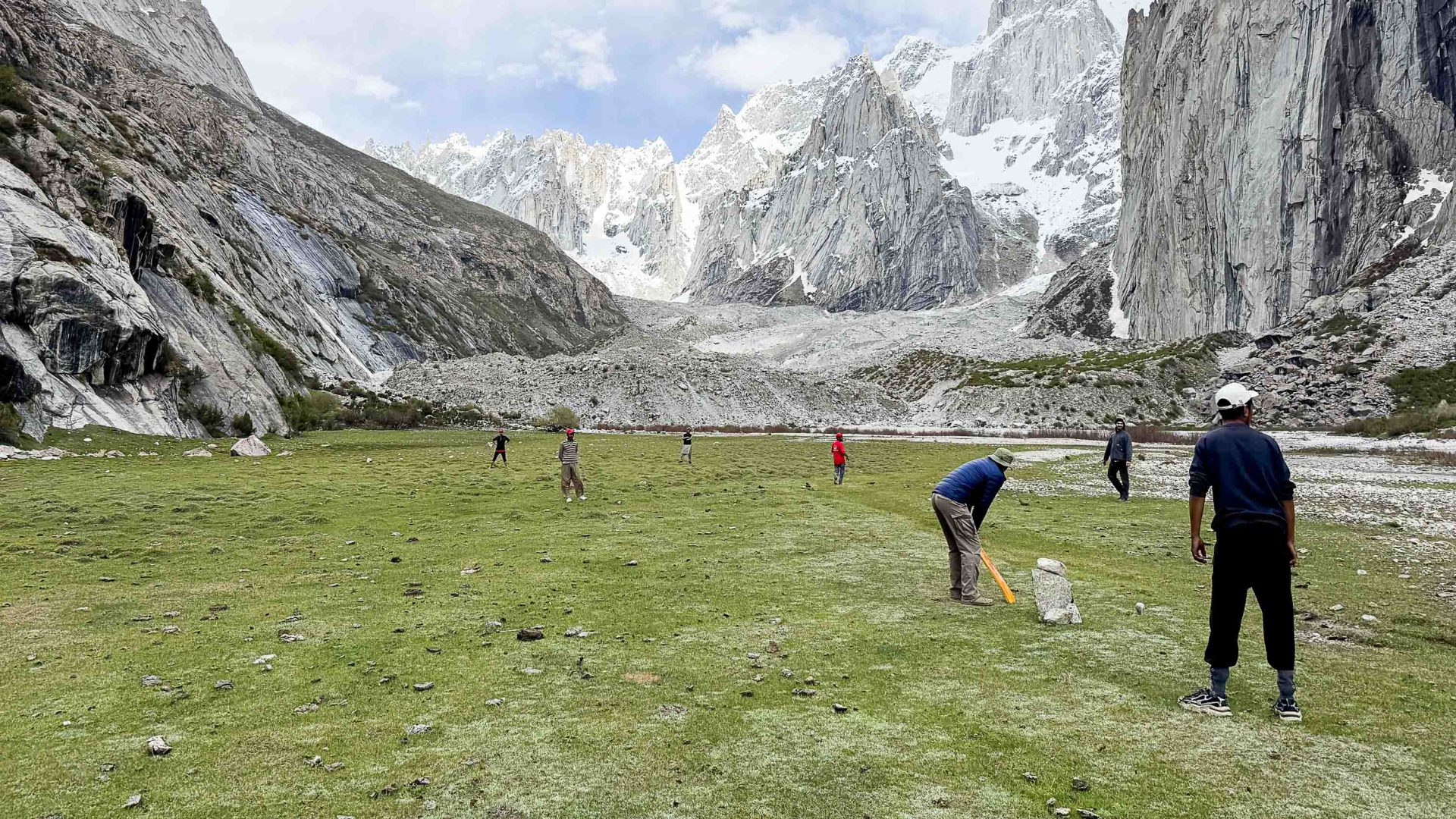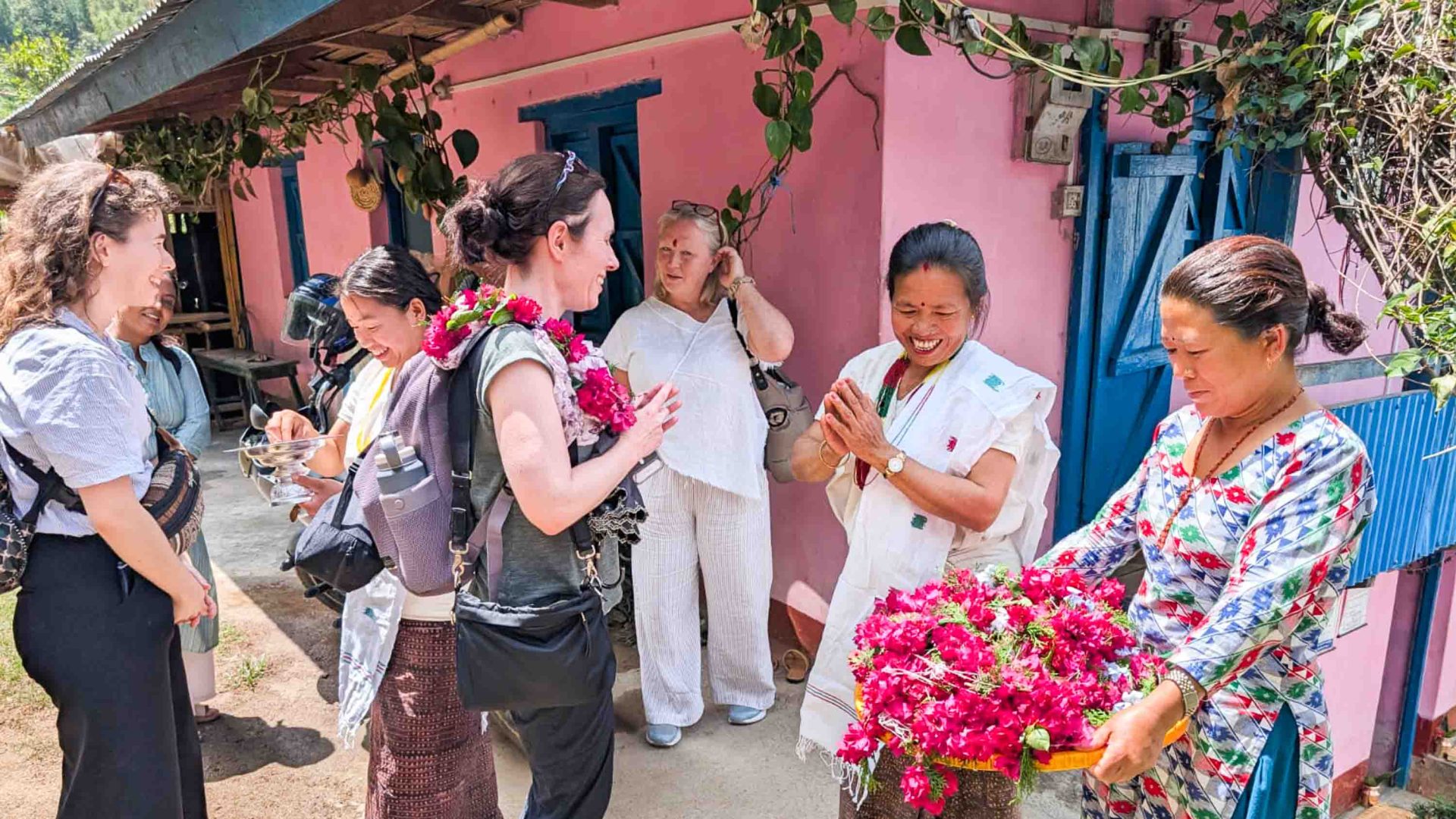The Mardi Himal trek is billed as easy to moderate: Four to seven days on well-marked trails, steep climbs coupled with gentler stretches, and enough teahouses along the route to set your own pace. In fact, at Twin Peaks, I befriended Melis Yilmaz, a traveler from London taking on her first-ever trek. “I finished in about five or six days,” she said. “But the rain slowed me more than the trail did.”
For a beginner climbing at altitudes above 3,000-4,000 meters, Melis handled things impressively, but she credits the route itself. “I liked knowing I could stop for the day whenever I needed. And I’ve never seen snow-capped mountains before so to be that close to them was remarkable. It’s what kept me going,” she recalls. What caught her off-guard, though, was the quiet. “I expected it to be less busy than Annapurna Base Camp, obviously,” she said. “But sometimes we’d walk for hours without seeing a single person. Maybe this was because of the rainy conditions, but it felt far more remote than I’d imagined.”
At High Camp at 11,745 feet (3,580 meters), the night before our ‘summit’ (the base camp), hikers from across the world gathered around the dinner table, devouring Nepali thalis consisting of dal (lentils), bhat (rice), tarkari (vegetable curry), and saag (greens)—all of which tasted even better at this altitude. Later, the teahouse owner whipped out his guitar, leading a chorus of Resham Firiri, a Nepali folk song about wandering freely and joyfully through the hills—practically the unofficial soundtrack of trekking in the country. “It’s been a while since we had a group big enough to jam with,” he laughed, blaming early rains for the quieter season.
